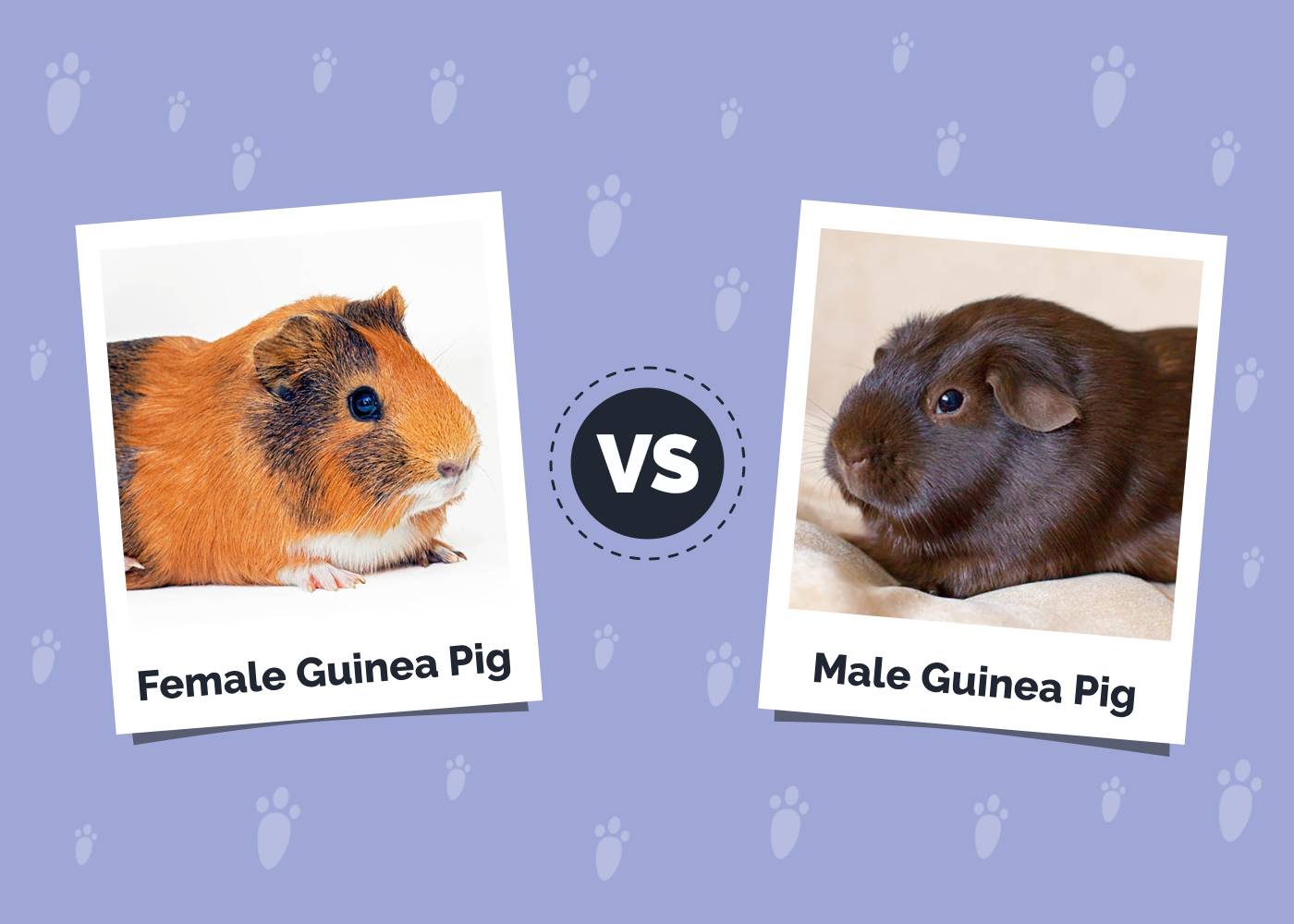Can Guinea Pigs Eat Radishes? Vet-Approved Facts & FAQs

Updated on
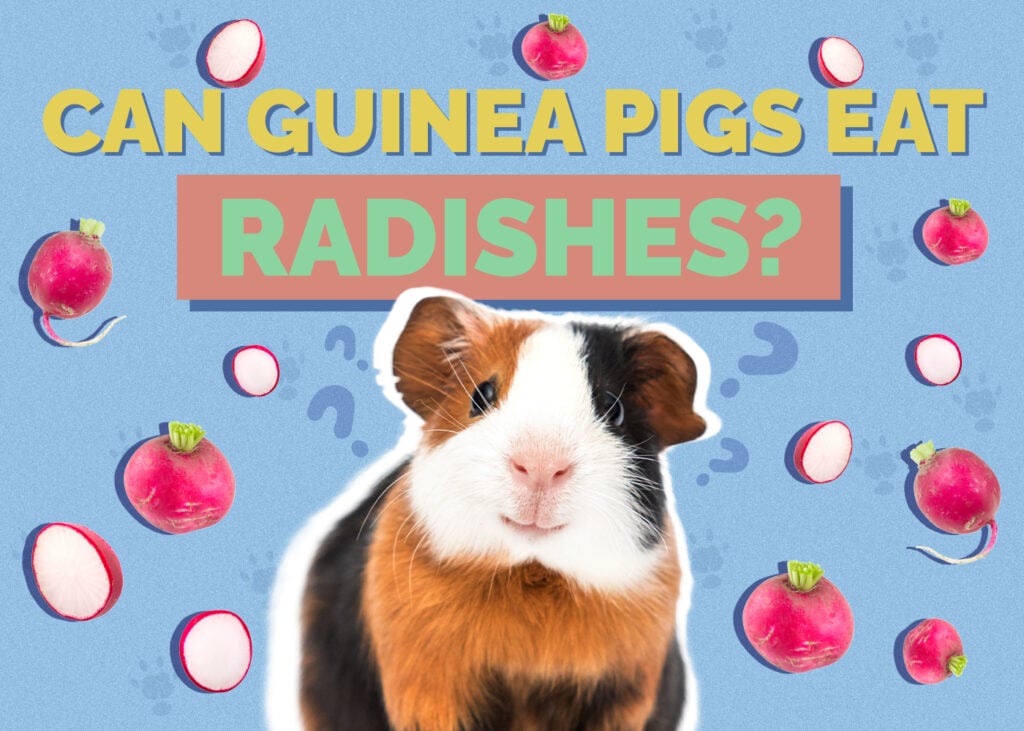
Guinea pigs are true herbivores and generally prefer less flavorful leafy vegetables to other foods, so it makes sense that they may gravitate toward radishes. Though they may not be fond of the radish root, the radish leaves can be a tasty and nutritious treat for guinea pigs as part of a balanced diet.
Are Radishes Good for Guinea Pigs?
As part of a complete and balanced species-appropriate diet, radishes are a good source of vitamins and minerals. They’re packed with vitamin C, an essential vitamin for guinea pigs which they can’t manufacture on their own; it must come from their diet.
Radishes also contain calcium, which guinea pigs must get from their diet. Otherwise, they can develop bone and teeth issues, muscle spasms, and dehydration.
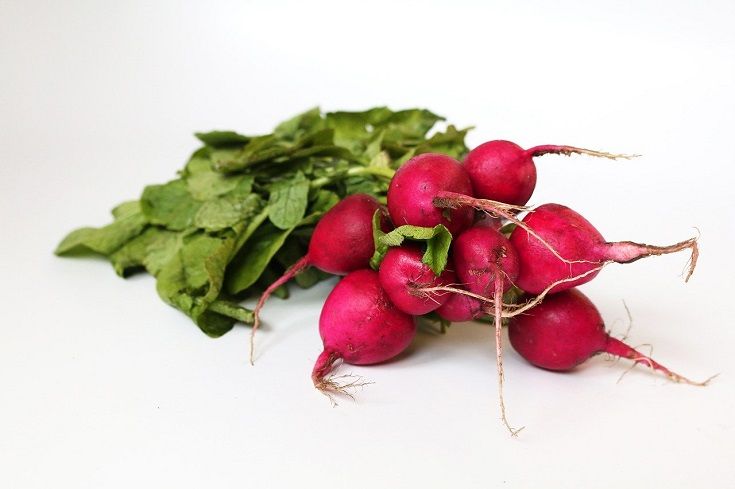
Are Radishes Safe for Guinea Pigs?
Radishes are generally safe and healthy for guinea pigs, but it’s important to feed them in moderation. They have a high concentration of phosphorus, and in high quantities, this can lead to urinary stones and health complications.
Calcium has an inverse relationship to phosphorus, so as the levels of phosphorus rise, the calcium drops. If your cavy gets too much phosphorus, it could rob it of the calcium it needs for optimal health.
Similarly, guinea pigs need calcium, but it’s important that they don’t get too much. Calcium and phosphorus are two minerals that are involved in several essential physiological processes, particularly for bone health, but an imbalance can cause problems.
It’s important to proceed cautiously when feeding radishes, especially alongside other vegetables high in calcium and phosphorus, so always do your research.
How Can I Feed Radishes to My Guinea Pig?
If you want to feed radishes to your guinea pig, it’s best to provide it raw. Guinea pigs are perfectly capable of eating and digesting raw vegetables, including radishes, so they shouldn’t be cooked. Cut the radish into small pieces to make it easier for your piggie to chew, especially the first time, and add it to the rest of their meal.
Although humans often eat the root of the radish, it has a slightly spicy flavor that guinea pigs may not enjoy. Your pig can eat the radish root if it likes it, but you may find it prefers the soft leaves. These should also be raw.
To avoid overfeeding, limit your guinea pig’s radish consumption to once a week and avoid feeding it with other mineral-rich vegetables. Both the root and the leaves are high in calcium.
As with any new food, make sure to take it slow and see how your guinea pig likes radishes. If you have any concerns, be sure to speak to your vet.
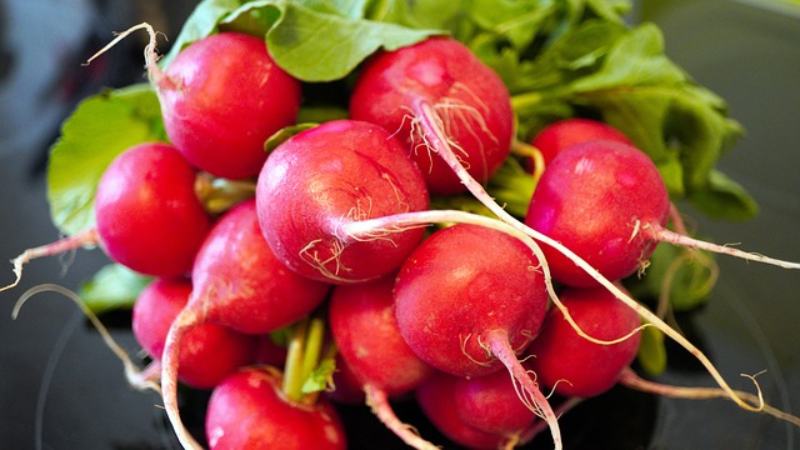
Frequently Asked Questions (FAQs)
Can Guinea Pigs Eat Raw Radishes?
Yes, guinea pigs should be given raw radishes. As true herbivores, they’re capable of digesting raw vegetables.
Are Radishes Toxic to Guinea Pigs?
No, radishes are not toxic to guinea pigs. However, they are high in calcium and phosphorus, which can lead to health problems in large quantities.
Can Guinea Pigs Have Radishes Daily?
No, guinea pigs shouldn’t have radishes daily. It’s important to feed only in moderation, at most once a week, and avoid feeding alongside other calcium- or phosphorus-rich vegetables.
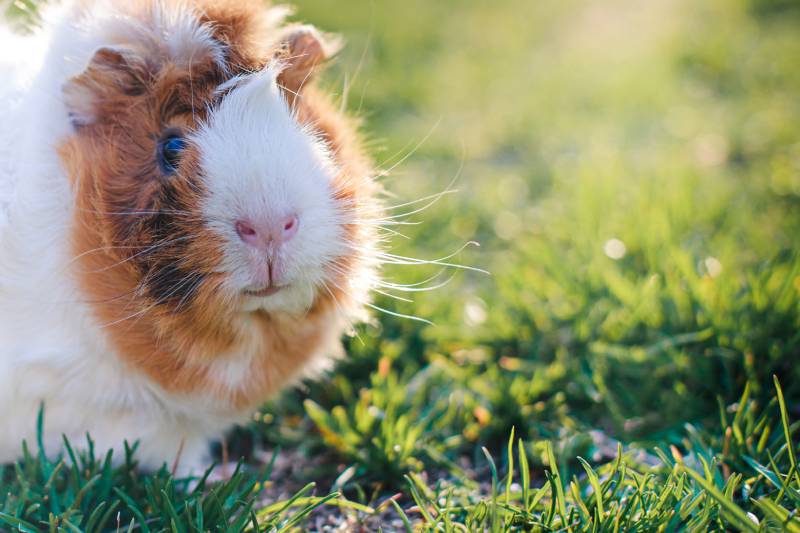
Conclusion
Radishes are a nutritious snack for your herbivorous guinea pig, but it’s crucial that you feed them only in moderation. The root and the leaves are high in minerals that can disrupt your pig’s diet and lead to health problems. It may take some experimentation to see whether your cavy prefers the root, leaves, or both.
See also:
Featured Image Credit: CC0 Public Domain, Pxhere



